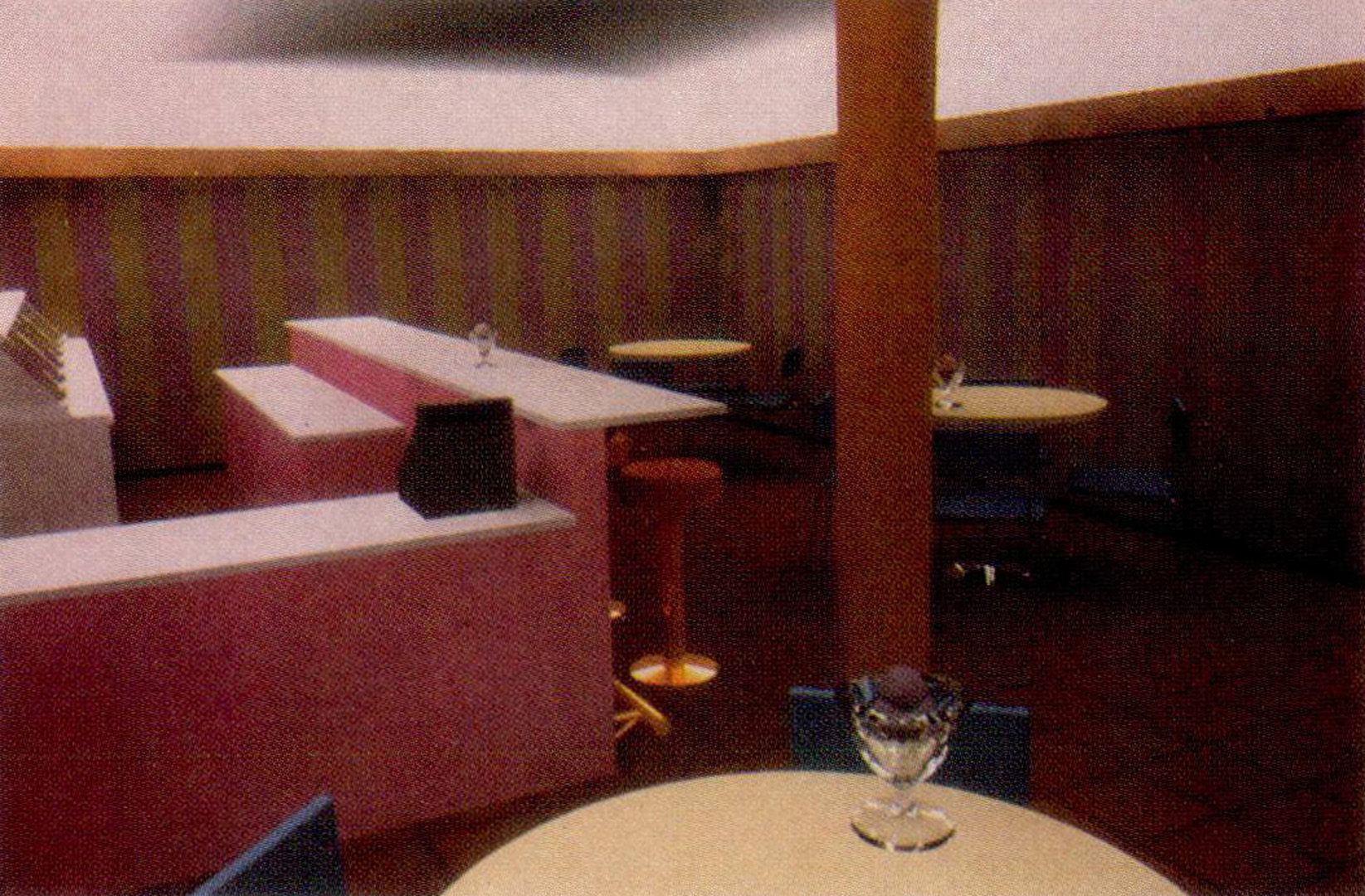“A ray tracing solution for diffuse interreflection” by Ward, Rubinstein and Clear
Conference:
Type(s):
Title:
- A ray tracing solution for diffuse interreflection
Presenter(s)/Author(s):
Abstract:
An efficient ray tracing method is presented for calculating interreflections between surfaces with both diffuse and specular components. A Monte Carlo technique computes the indirect contributions to illuminance at locations chosen by the rendering process. The indirect illuminance values are averaged over surfaces and used in place of a constant “ambient” term. Illuminance calculations are made only for those areas participating in the selected view, and the results are stored so that subsequent views can reuse common values. The density of the calculation is adjusted to maintain a constant accuracy, permitting less populated portions of the scene to be computed quickly. Successive reflections use proportionally fewer samples, which speeds the process and provides a natural limit to recursion. The technique can also model diffuse transmission and illumination from large area sources, such as the sky.
References:
1. Bentley, Jon Louis and Jerome Friedman, “Data Structures for Range Searching,” ACM Computing Surveys, Vol. 11, No. 4, 1979, pp. 397-409.
2. Cohen, Michael and Donald Greenberg, “A Radiosity Solution for Complex Environments,” Computer Graphics, Vol. 19, No. 3, July 1985, pp. 31-40.
3. Cohen, Michael, Donald Greenberg, David Immel, Phillip Brock, “An Efficient Radiosity Approach for Realistic Image Synthesis,” IEEE Computer Graphics and Applications, Vol. 6, No. 2, March 1986, pp. 26-35.
4. Cook, Robert L. and Kenneth E. Torrance, “A Reflection Model for Computer Graphics,” ACM Transactions on Graphics, Vol. 1, No. 1, January 1982, pp. 7-24.
5. Cook, Robert, Thomas Porter, Loren Carpenter, “Distributed Ray Tracing,” Computer Graphics, Vol. 18, No. 3, July 1984, pp. 137-147.
6. Cook, Robert L., “Stochastic Sampling in Computer Graphics,” ACM Transaction8 on Graphics, Vol. 5, No. 1, January 1986, pp. 51-72.
7. Immel, David S., Donald P. Greenburg, Michael F. Cohen, “A Radiosity Method for Non-Diffuse Environments,” Computer Graphics, Vol. 20, No. 4, August 1986, pp. 133-142.
8. Kajiya, James T., “The Rendering Equation,” Computer Graphics, Vol. 20, No. 4, August 1986, pp. 143-150.
9. Kaufman, John, IES Lighting Handbook, Reference Volume, IESNA, New York, NY, 1981.
10. Nishita, Tomoyuki and Eihachiro Nakamae, “Continuous Tone Representation of Three-Dimensional Objects Taking Account of Shadows and Interreflection,” Computer Graphics, Vol. 19, No. 3, July 1985, pp. 23-30.
11. Rubenstein, R.Y., Simulation and the Monte Carlo Method, J. Wiley, New York, 1981.
12. Siegel, R. and J. R. Howell, Thermal Radiation Heat Transfer, Hemisphere Publishing Corp., Washington DC., 1981.
13. Wallace, John R., Michael F. Cohen, Donald P. Greenburg, “A Two-Pass Solution to the Rendering Equation: A Synthesis of Ray Tracing and Radlosity Methods,” Computer Graphlcs, Vol. 21, No. 4, July 1987, pp. 311-320.
14. Weghorst, Hank, Gary Hooper, Donald P. Greenburg. “Improved computational methods for ray tracing” ACM Transactions on Graphics, Vol. 3, No. 1, January 1984, pp. 52-69.
15. Whitted, Turner, “An Improved Illumination Model for Shaded Display,” Communications of the ACM, Vol. 23, No. 6, June 1980, pp. 343-349.




